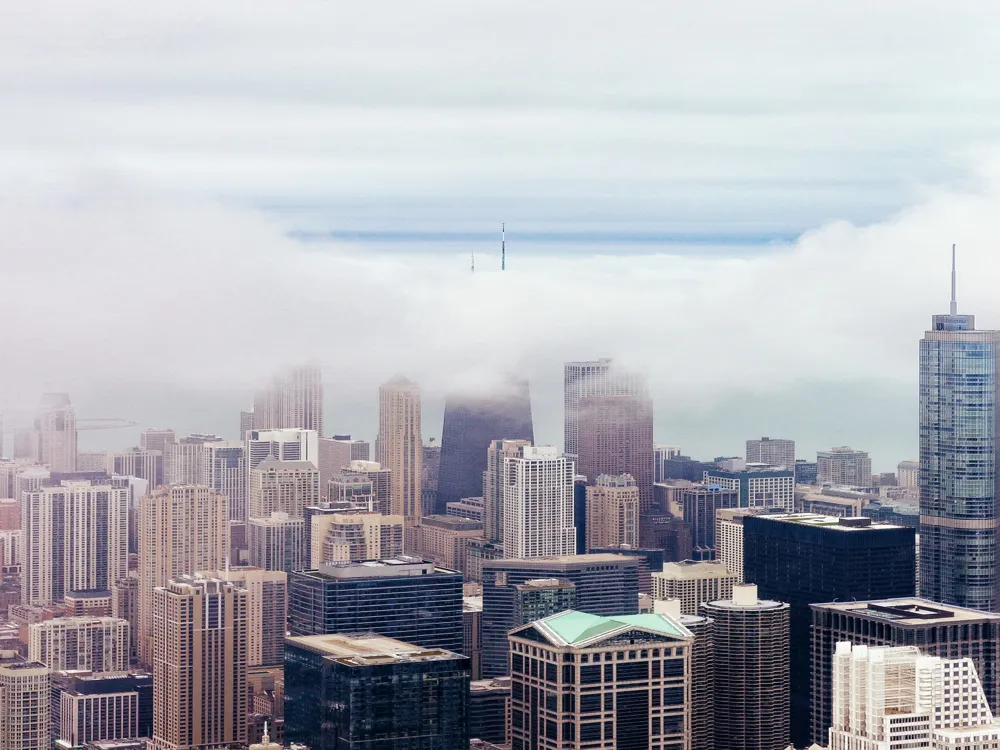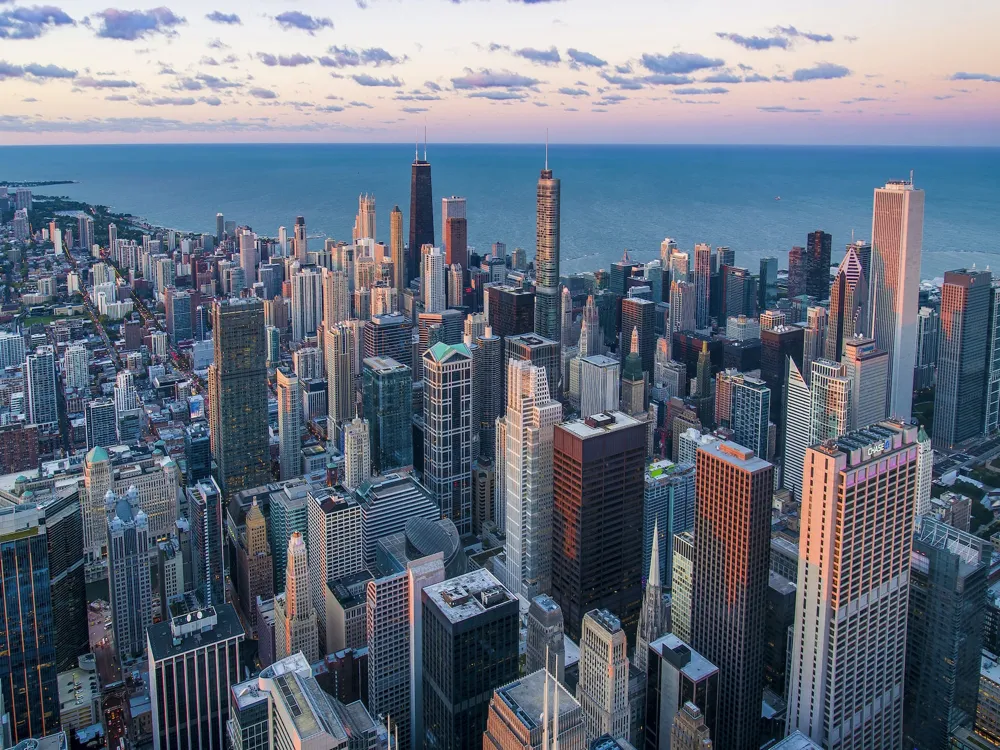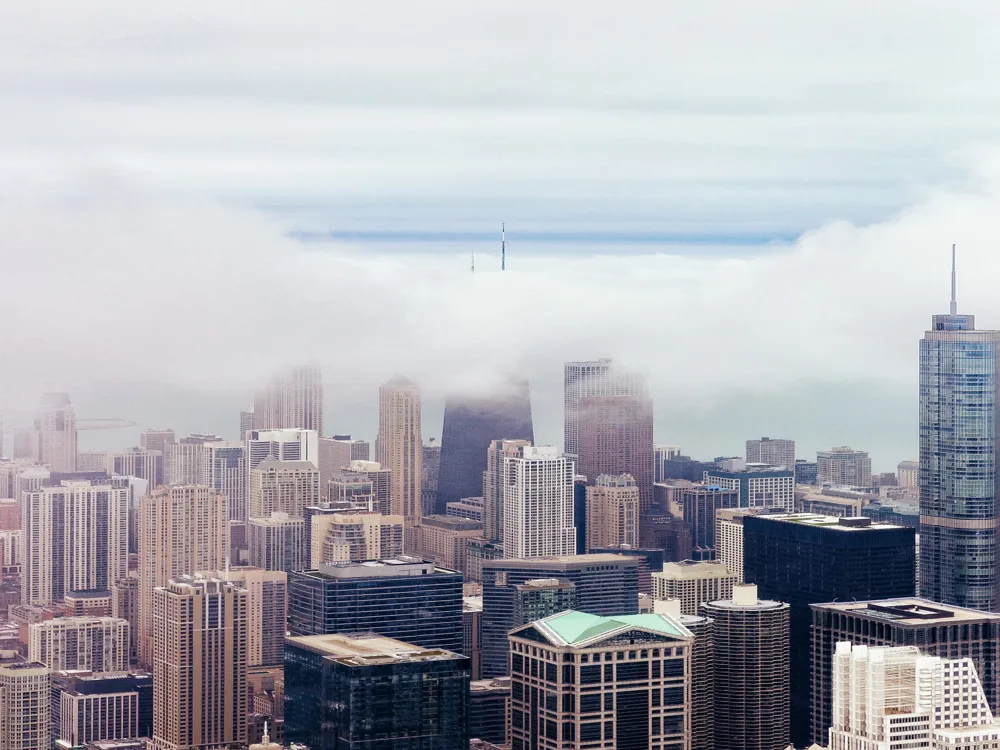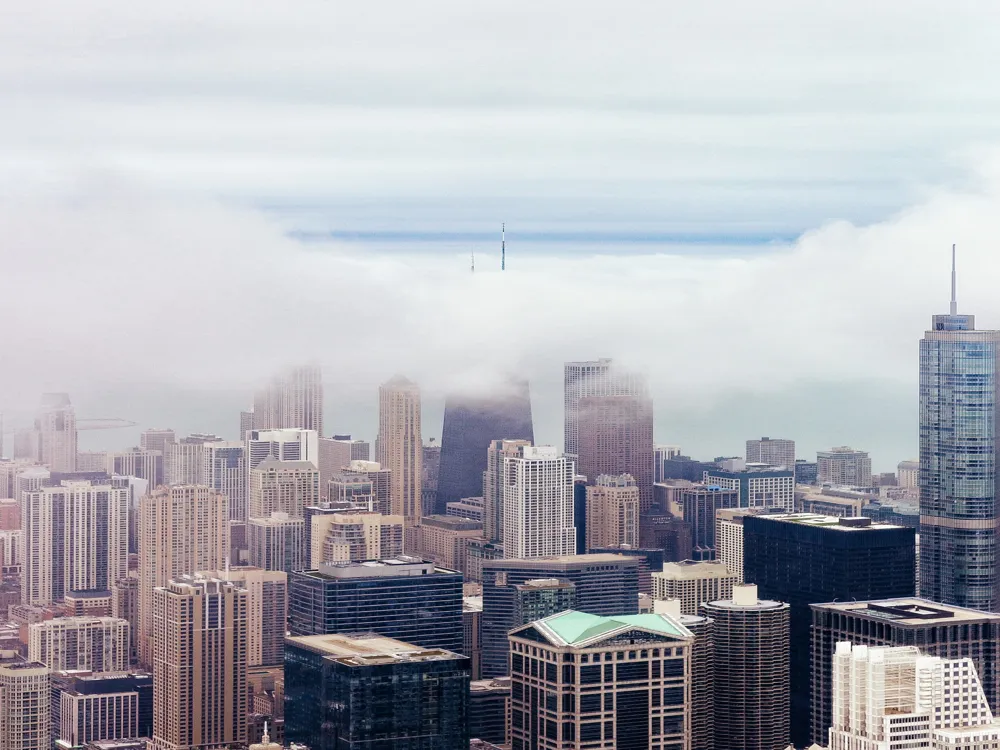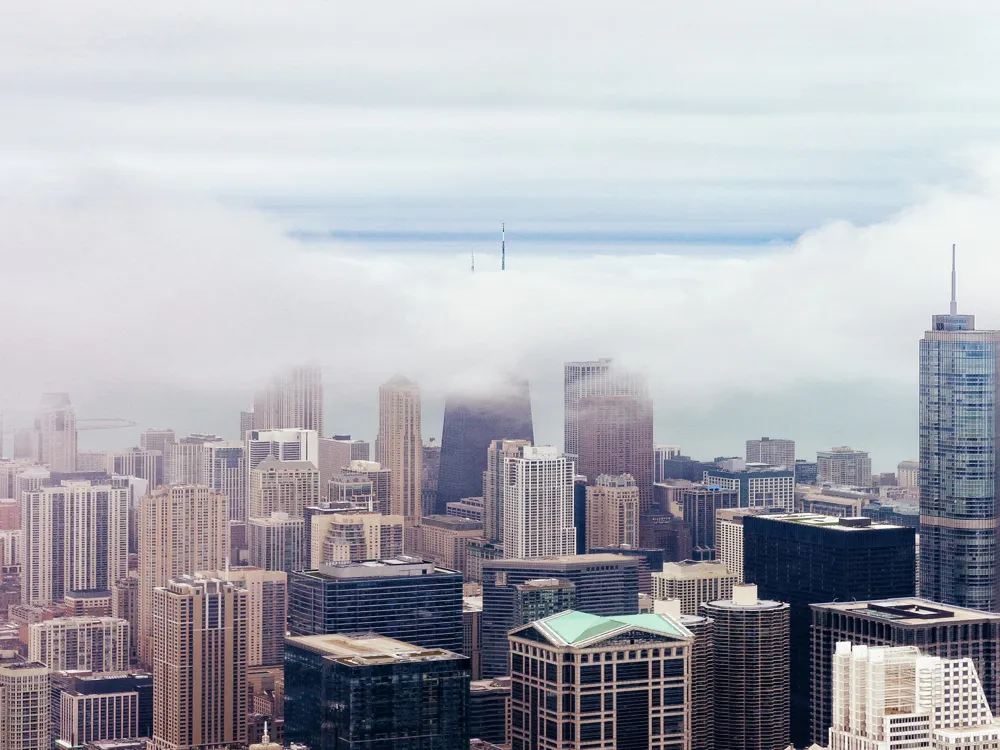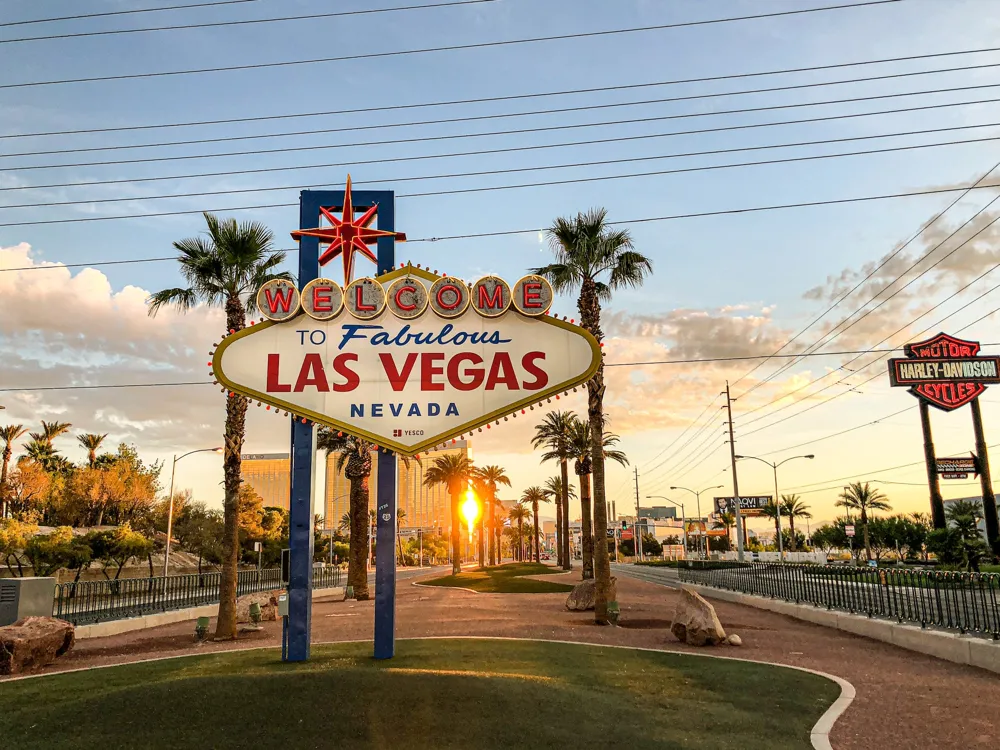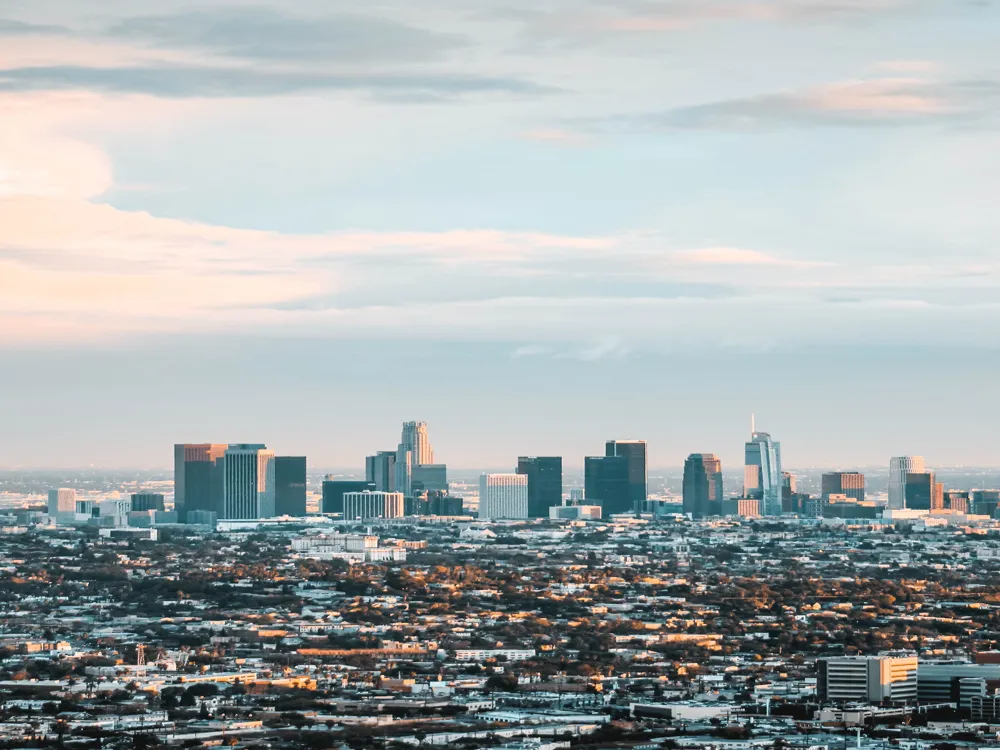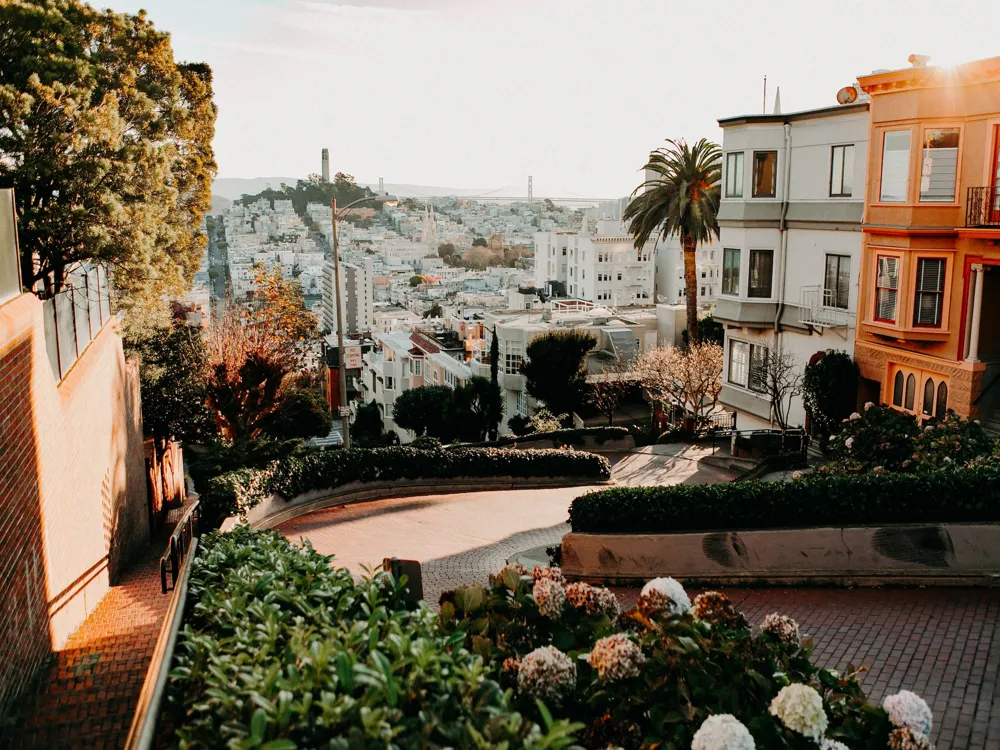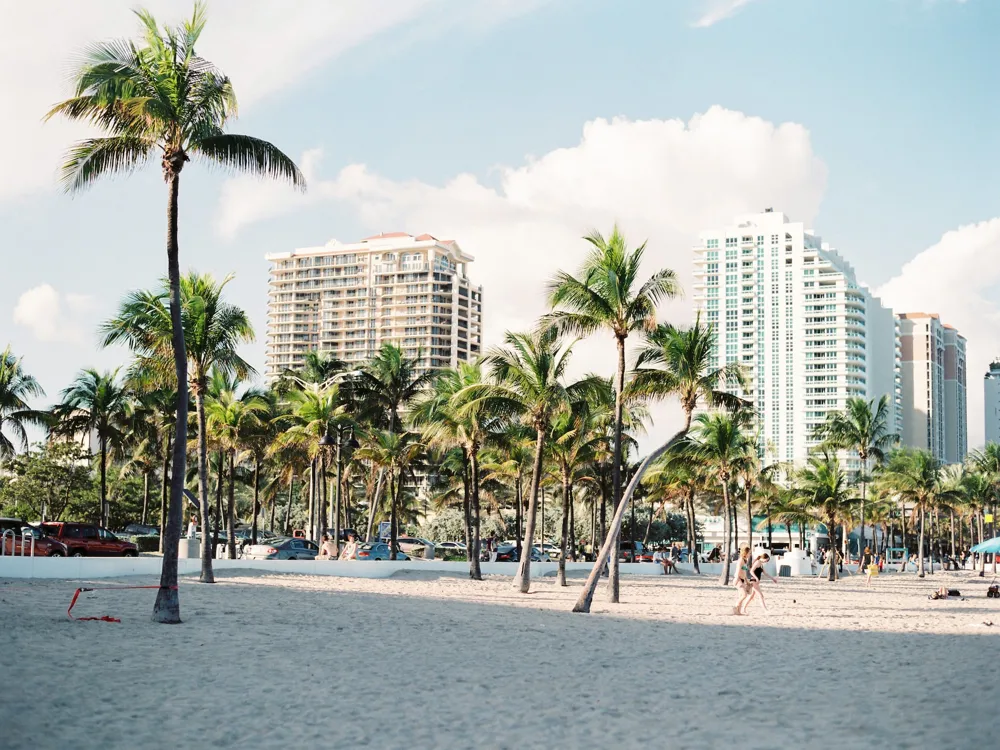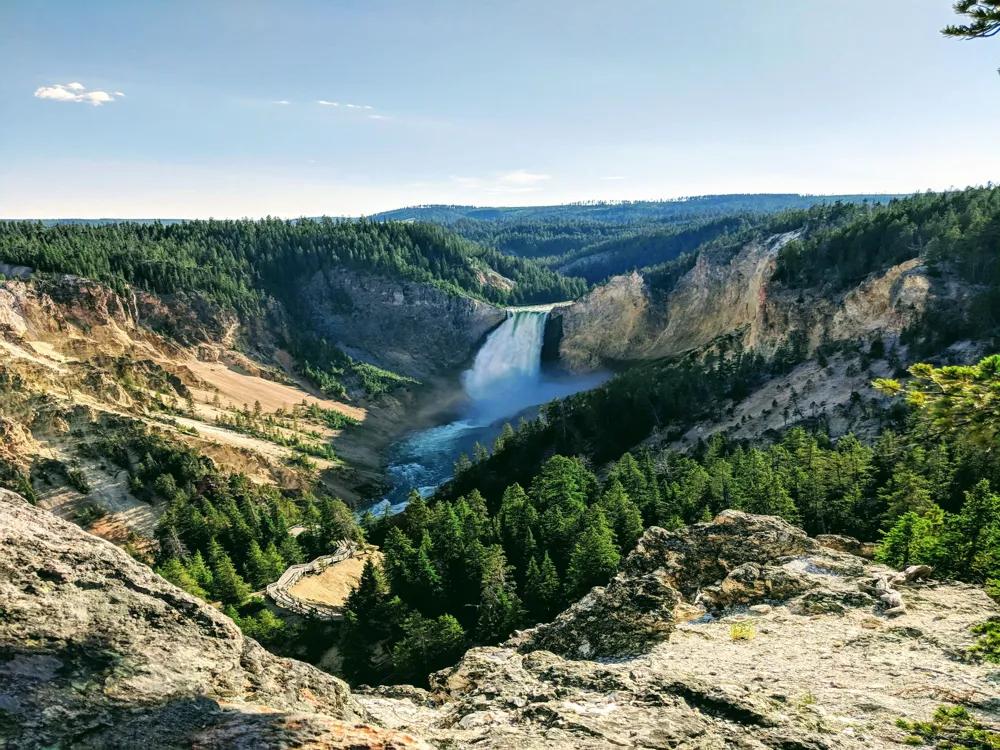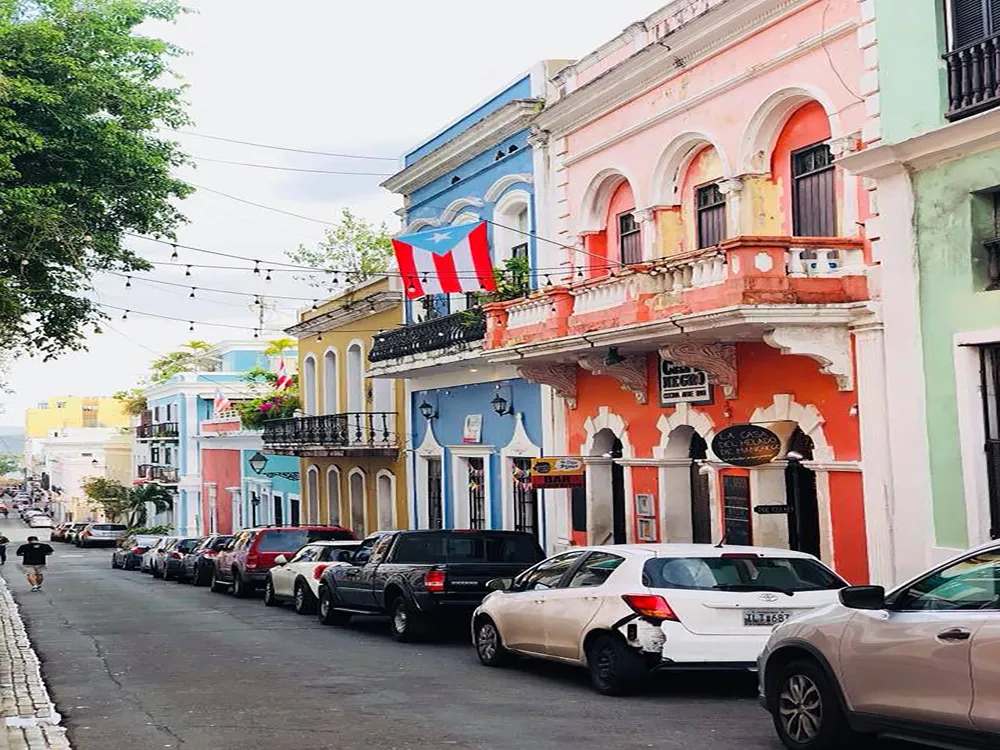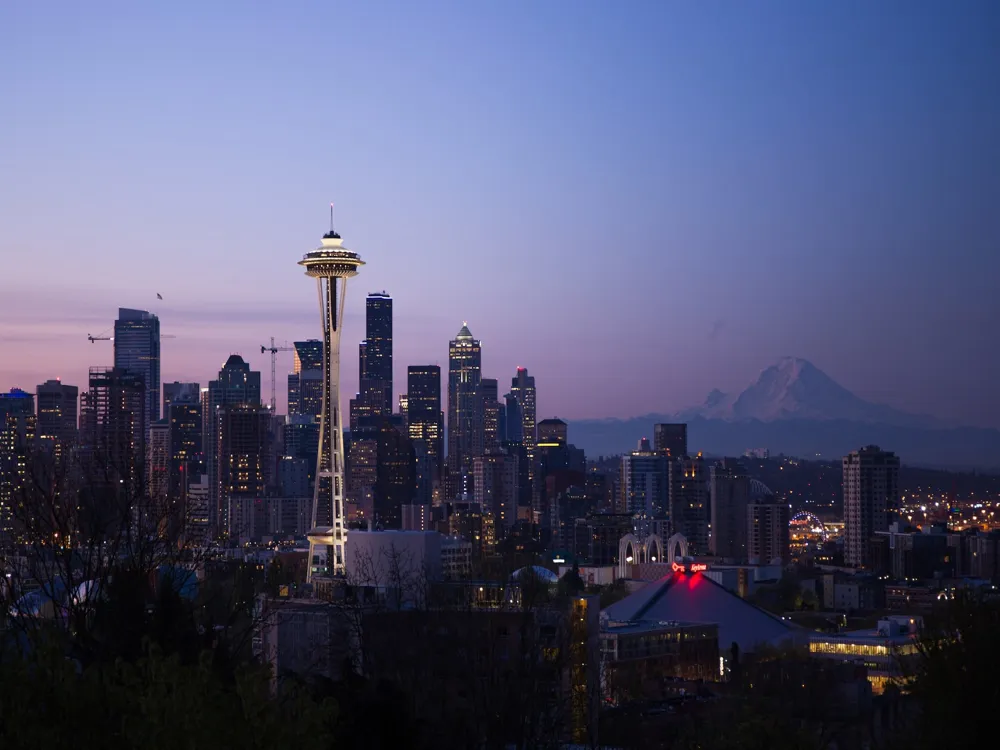Chicago, nestled along the shores of Lake Michigan, is renowned for its vibrant culture, rich history, and iconic skyline. This bustling metropolis, known as the 'Windy City,' is the third most populous city in the United States and a hub for finance, culture, commerce, and industry. Chicago's diverse neighborhoods, each with its own unique character, paint a picture of the city's multifaceted identity. From the historic streets of the Loop to the artistic vibes of Wicker Park, Chicago is a city of contrasts, where modern skyscrapers coexist with historic buildings, and upscale boutiques sit alongside quaint local shops. Chicago's cultural tapestry is as diverse as its population. The city boasts an array of museums, including the Art Institute of Chicago, the Field Museum, and the Museum of Science and Industry, offering a deep dive into art, history, and science. The culinary scene in Chicago is equally impressive, with a range of dining options from Michelin-starred restaurants to classic Chicago-style pizza joints. The city's music scene, especially its contributions to jazz, blues, and house music, has made a lasting impact on the global stage. Furthermore, Chicago's scenic parks, like Millennium Park and Lincoln Park, offer a respite from the urban hustle, showcasing the city's commitment to green spaces. The history of Chicago is a tale of resilience and growth. Founded in 1833, the city rapidly evolved from a small settlement into a major transportation and trade hub, thanks in part to its strategic location along the Great Lakes and the Mississippi River watershed. The Great Chicago Fire of 1871 was a pivotal moment in the city's history, leading to a massive rebuilding effort that laid the foundation for modern Chicago. This period saw the birth of the skyscraper, a testament to Chicago's architectural innovation and ambition. Throughout the 20th century, Chicago continued to grow, attracting a diverse array of immigrants and becoming a melting pot of cultures. This period also saw the rise of Chicago's infamous gangsters, like Al Capone, during the Prohibition era. Despite these challenges, the city emerged as a center for civil rights activism, with figures like Martin Luther King Jr. playing a key role in its history. Today, Chicago's rich past is visible in its architecture, museums, and cultural institutions, making it a city that not only tells its own story but also reflects the broader narrative of American history. Chicago's architecture is a testament to its history and innovation. The city is often referred to as the birthplace of the skyscraper, with the Home Insurance Building, constructed in 1885, cited as one of the first. The Great Chicago Fire of 1871, which destroyed much of the city, became a catalyst for architectural evolution, leading to the use of steel-frame construction and the development of the Chicago School of architecture. This movement was characterized by functional design, large windows, and minimal ornamentation, a stark contrast to the prevailing Victorian aesthetic. The city's architectural landscape is a diverse mix of old and new. Landmarks like the Willis Tower (formerly the Sears Tower), once the tallest building in the world, and the neo-Gothic Tribune Tower coexist with historic buildings such as the Chicago Water Tower, one of the few structures to survive the Great Fire. Chicago's commitment to innovative architecture continues to this day, with recent additions like the Aqua Tower and the Vista Tower pushing the boundaries of design and engineering. Chicago's skyline is dotted with architectural marvels that have shaped not only the city's landscape but also the field of architecture globally. The Willis Tower, with its iconic black aluminum and bronze-tinted glass facade, stands as a symbol of Chicago's architectural prowess. The John Hancock Center, another standout, features a distinctive X-braced exterior that has influenced skyscraper design worldwide. The Aqua Tower, designed by Jeanne Gang, is notable for its undulating balconies that mimic the flow of water, reflecting Chicago's connection to Lake Michigan. Chicago's architectural heritage is not limited to its skyscrapers. The city is home to some of Frank Lloyd Wright's most significant works, including the Robie House, which exemplifies the Prairie School of architecture. This style is characterized by horizontal lines, flat roofs, and integration with the landscape, a response to the flat, Midwestern terrain. The Illinois Institute of Technology campus, designed by Mies van der Rohe, is another architectural highlight, showcasing the simplicity and elegance of modernist design. For those interested in exploring Chicago's architectural wonders, the city offers a variety of tours. River cruises provide a unique perspective on Chicago's skyline, with knowledgeable guides offering insights into the history and significance of the city's buildings. Walking tours, led by expert guides, take visitors through Chicago's architectural landmarks, including the Loop, where the Chicago School of architecture first emerged. These tours not only showcase Chicago's architectural heritage but also provide a deeper understanding of the city's cultural and historical context. Chicago's weather can be quite variable, with cold, snowy winters and warm, humid summers. The best time to visit is during the spring (April to June) or fall (September to November), when temperatures are mild and the city's parks are in full bloom or beautifully colored with autumn leaves. Additionally, these seasons are less crowded, allowing for a more relaxed exploration of the city. Chicago has a comprehensive public transportation system, including buses and the 'L' (elevated train), making it easy to navigate the city without a car. Taxis and rideshare services are also readily available. For those driving, be mindful of parking restrictions and traffic during rush hours. The city's bike-sharing program is a great way to explore the lakefront and neighborhoods. Like any major city, it's important to stay aware of your surroundings in Chicago. Stick to well-lit and populated areas, especially at night. Keep your valuables secure and be cautious when using electronics in public spaces. Emergency services are readily available in case of any incident. Chicago is easily accessible by various modes of transportation. O'Hare International Airport, one of the busiest airports in the world, and Midway International Airport serve both domestic and international flights. The city is also a major hub for the Amtrak train service, with Union Station being a central point for many national and regional lines. For those driving, Chicago is well-connected by several major highways. The city's location in the heart of the Midwest makes it a convenient destination for travelers from all over the country and the world.Overview of Chicago, Illinois
History of Chicago
Architecture of Chicago
Modern Architectural Marvels
Architectural Tours
Tips When Visiting Chicago
Best Time to Visit
Transportation Tips
Safety Precautions
How To Reach Chicago
Village Church of Chicago
Chicago
Illinois
NaN onwards
View chicago Packages
Weather :
Tags : Church & Cathedral
Address : 1858 W Ave, Chicago, IL 60622
Open Hours : Sunday - 10:00 AM to 11:30 AM
Planning a Trip? Ask Your Question
Chicago Travel Packages
View All Packages For Chicago
Top Hotel Collections for Chicago

Private Pool

Luxury Hotels

5-Star Hotels

Pet Friendly
Top Hotels Near Chicago
Other Top Ranking Places In Chicago
View All Places To Visit In chicago
View chicago Packages
Weather :
Tags : Church & Cathedral
Address : 1858 W Ave, Chicago, IL 60622
Open Hours : Sunday - 10:00 AM to 11:30 AM
Planning a Trip? Ask Your Question
Chicago Travel Packages
View All Packages For Chicago
Top Hotel Collections for Chicago

Private Pool

Luxury Hotels

5-Star Hotels

Pet Friendly







